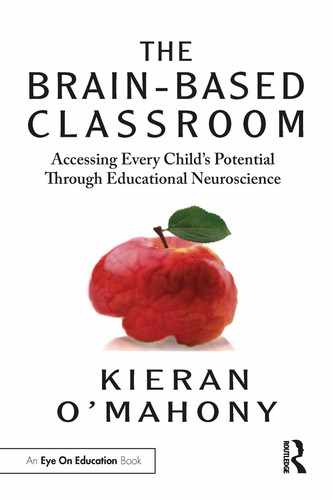0%
41Chapters
0-1Hours read
0kTotal Words
The Brain-Based Classroom translates findings from educational neuroscience into a new paradigm of practices suitable for any teacher. The human brain is a site of spectacular capacity for joy, motivation, and personal satisfaction, but how can educators harness its potential to help children reach truly fulfilling goals? Using this innovative collection of brain-centric strategies, teachers can transform their classrooms into deep learning spaces that support their students through self-regulation and mindset shifts. These fresh insights will help teachers resolve classroom management issues, prevent crises and disruptive behaviors, and center social-emotional learning and restorative practices.
